Coconut, pitanga and mango – food trees are very present in the city of Rio de Janeiro. Cariocas think differently about these trees in their living environment: For some they provide free food, others find them disturbing, and still others appreciate their cooling effect in hot summers.
Food trees interact with city dwellers and provoke discussions about the role of plants in urban planning. They invite us to think about human-plant interdependencies and cultural survival strategies in contemporary cities. In these two texts, I share my reflections on two instances dealing with food trees in Rio: The Dja Guata Porã garden and Fundacão Parques e Jardins, community garden and afforestation agency, indigenous and colonial descendants. Fundacão Parques e Jardins, responsible for planting public spaces, relies on individual species and scientific research. The Dja Guata Porã garden focuses on plant collaboration and multi-sensory learning. As different these approaches may be, both could benefit from a dialogue to design more resilient, equitable, and pluralistic green spaces in the city.






